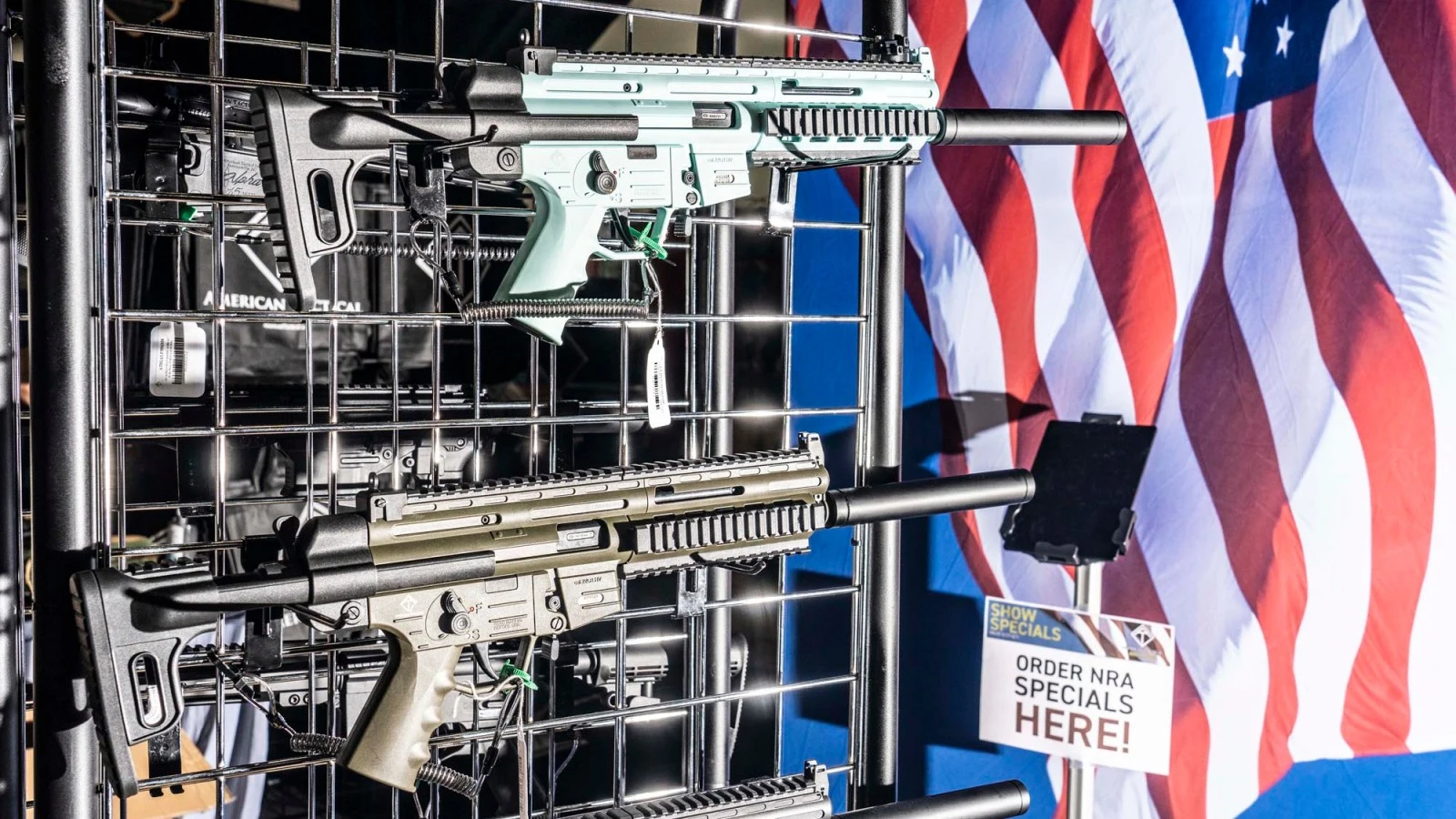Mass Murder Is a Choice. The Gun Industry Made It
Mass Murder Is a Choice. The Gun Industry Made It

www.rollingstone.com
Mass Murder Is a Choice. The Gun Industry Made It

Mass Murder Is a Choice. The Gun Industry Made It

Mass Murder Is a Choice. The Gun Industry Made It
